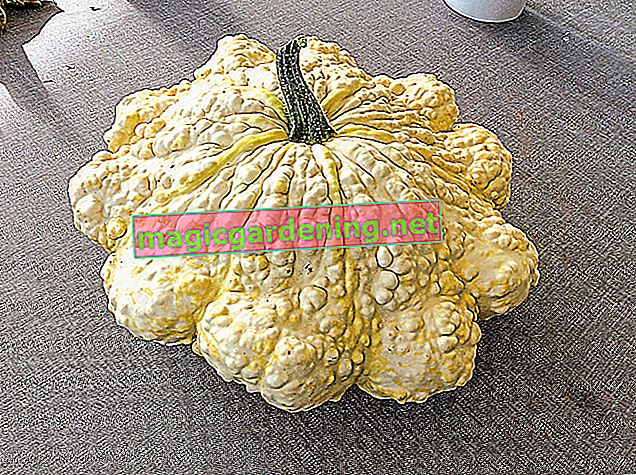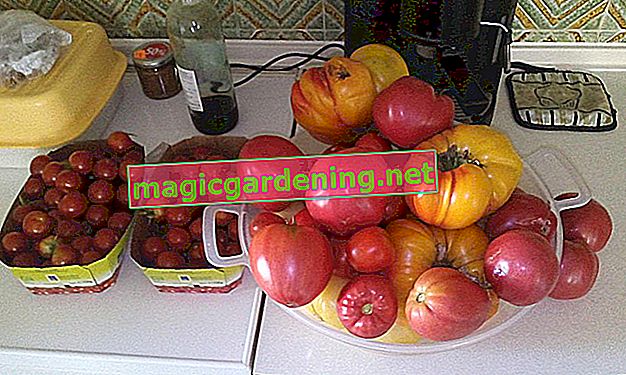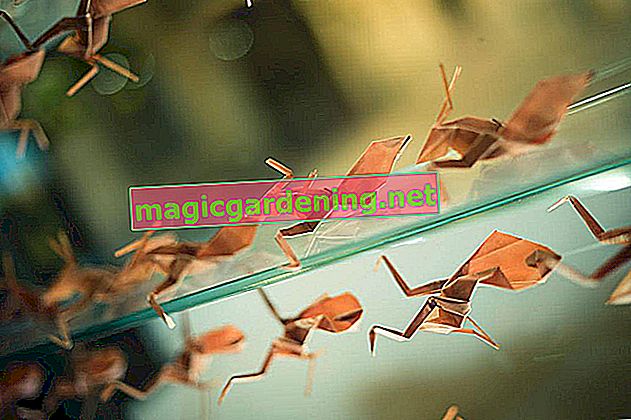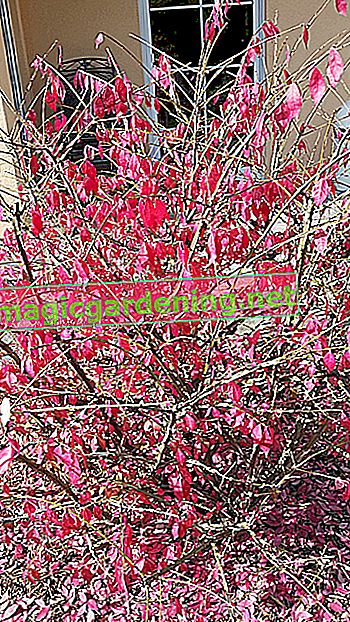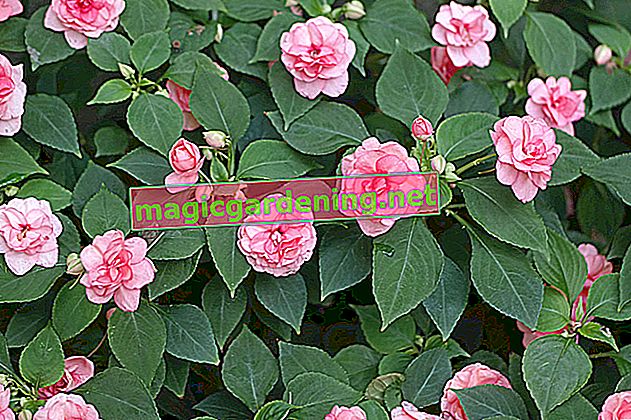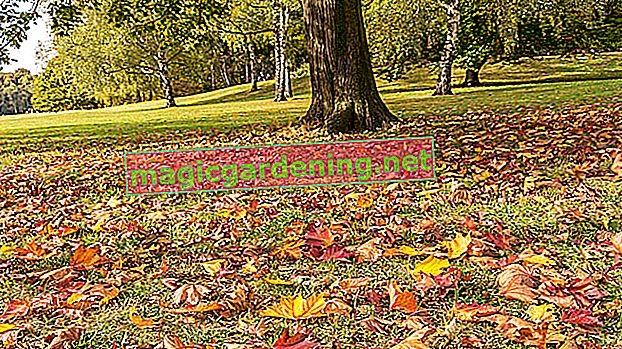
Plant Wollziest correctly
Planting time for Wollziest is from September to November. If you pay enough attention to the preparation of the ground, the maintenance effort will be reduced to a minimum. If the soil in the sunny location is sandy, humic, loose and poor, everything is in balance. On the other hand, substrate that is too rich is emaciated with sand, expanded clay, fine grit or lava granulate (€ 17.50 at Amazon *). (€ 10.95 at Amazon *) If the soil seems a little too damp, spread some pebbles on the bottom of the planting pit as drainage. The most important aspect for the correct planting technique is maintaining the previous planting depth. At the end, press the soil with your hands and pour a little with normal tap water.
also read
- The Wollziest: different varieties with different characteristics
- The perfect care for the Wollziest in the home garden
- The Wollziest: toxic for humans or animals?
Care tips
Thanks to its woolly hair, a woolly ziest regulates its water balance independently. Only give the perennial a hand with irrigation water when the decorative leaves are drooping. The addition of fertilizer is not required. If deficiency symptoms occur, such as pale colors and sparse flowers, add a little compost once. The wilted flower stalks are promptly cut off to just above the foliage. The leaves with their silvery shimmer drive away the dreariness from the otherwise empty garden through the winter. Only in early spring do you cut the foliage to just above the ground.
Continue reading
Which location is suitable?
The perennial feels particularly at home in full sun, because the dense hairs protect the woolen ziest from drying out quickly. Since the donkey's ear also favors dry to fresh soil, the rock garden, rock steppe, roof garden and other sun-drenched locations are primarily possible locations.
What soil does the plant need?
Well-drained and slightly calcareous, the earth should be structured for a woolen piss. In addition, the perennial likes poor, humus-rich and chalky soil. Excessive moisture causes the roots to rot, so that a dry to maximally fresh substrate meets the modest demands perfectly.
When is the flowering time?
The bloom time of Wollziest extends from July to August. Enjoy the year-old inflorescences with numerous single flowers in white or an enchanting shade of red, pink or purple. Bees, bumblebees and butterflies will thank you if you place this traditional perennial in your garden, because there is pollen and nectar in abundance here.
Cut Wollziest correctly
Cut off the withered inflorescences in early fall. The evergreen, silvery shimmering foliage adorns the garden until early spring. Then the filigree hairy leaves lose their decorative look and are cut off close to the ground. Do not hesitate to cut off the most beautiful flower stalks and leaves during the year in order to create a natural vase jewelry. If the flower water is changed regularly, the bouquet will retain its natural beauty for many weeks.
Continue reading
Pour Wollziest
The felty hair prevents the woolly ziest from drying out prematurely. This means that the perennial does not lose all water reserves even in full sun. Watering is therefore only necessary when the silvery leaves hang limply. If you pour the water directly onto the root disc, the plant will quickly recover from drought stress.
Fertilize Wollziest properly
Wollziest's preference for poor, sandy-loamy and dry soil leads to a renunciation of any nutrient supply. On the contrary, the application of fertilizer results in a fattening growth at the expense of the willingness to flower and a compact, harmonious silhouette.
Overwinter
Protection from freezing temperatures is superfluous on the Wollziest, because the perennial bravely stands up to even freezing frost. In contrast, the dog-ear proves to be sensitive to permanent winter wetness. If in doubt, spread brushwood or pine fronds over the root disc.
Propagate Wollziest
The breeding of further specimens is just as uncomplicated as the entire cultivation. Dig up a woolen ziest in spring or autumn. Take this opportunity to inspect the root ball in order to cut out parts of it that are old or rotten. Then divide the plant into two or more segments, each with at least 2 eyes. At the new location you have a pit so far that a part can be placed in it exactly as deep as before. To ensure that the rooting takes place quickly, water yourself on the appointment and repeatedly with normal tap water in the following days.
Continue reading
Wollziest in the pot
Due to its robust winter hardiness, Wollziest adorns the balcony and terrace in the sunny and rain-protected place in the pot. Use lean piquing soil, standard soil or mix potting soil with sand and perlite (€ 32.90 at Amazon *) in a ratio of 1: 1: 1. A few pottery shards over the water drain reliably prevent damaging waterlogging. In order to properly care for the dog-ear in the bucket, the following aspects are important:
- Only pour when the top 3-4 cm of the substrate has dried
- Fertilization is not necessary, provided it is repotted in fresh substrate every spring
- Cut back the withered flower stalks
- Cut back the foliage near the ground only at the end of winter
Pots with a diameter of more than 30 cm offer the robust Wolligen Ziest suitable conditions to get through the winter healthily. To be on the safe side, wrap smaller vessels with jute, fleece or foil.
Is Wollziest poisonous?
Thanks to its ingredients, Wollziest has been a medicinal herb since ancient times. The herbal nun Hildegard von Bingen recommended the leaves because of their astringent effect as a healing pad for skin inflammation. Brewed as a tea, the flowers relieve stomach and intestinal discomfort, gas and heartburn. As with most herbal plants, excessive consumption of Wollziest leads to mild symptoms of poisoning. There is therefore nothing wrong with planting in the family garden.
Continue reading
Nice varieties
- Silky Fleece: The blooming variety captivates with purple flowers from July to August over silvery shimmering leaves
- Cotton Ball: Wonderful ground cover thanks to creeping growth, pink flowers and woolly, evergreen leaves
- Big Ears: The leaves are reminiscent of donkey ears and underline the purple-red summer blooms on stems up to 60 cm high
- Silver Carpet: The restrained willingness to flower is balanced with a dense cover of leaves; the ideal ground cover

